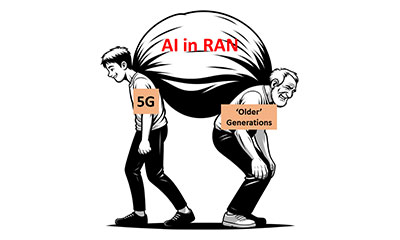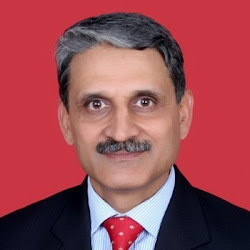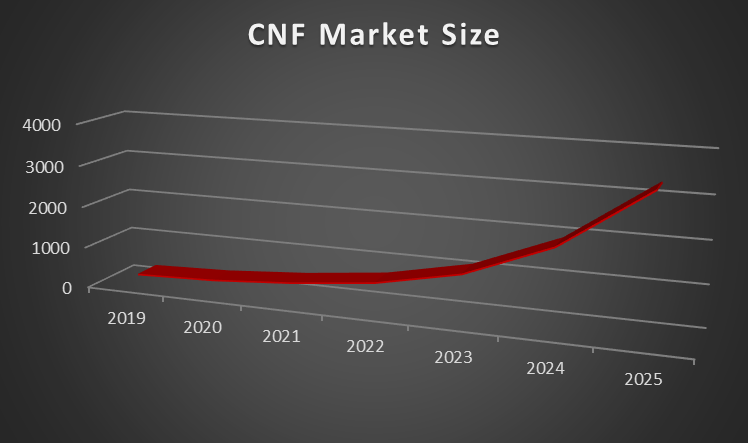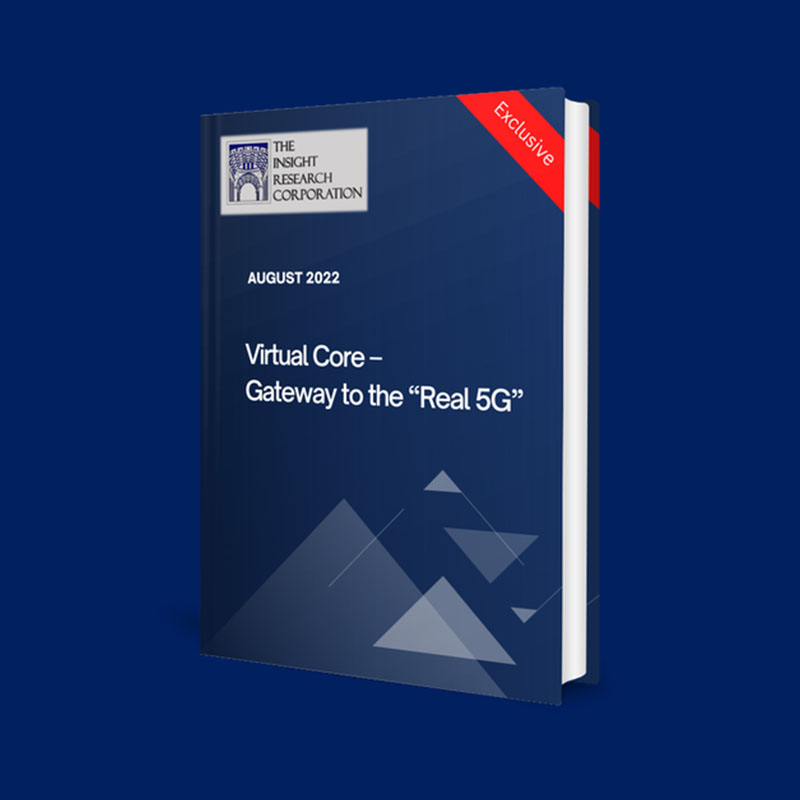What ails 5G-SA?
Our recent report “Virtual Core – Gateway to the “Real 5G”; brought out one thing very clearly - 5G SA is clearly taking longer than anticipated.
The reasons are many – telco ennui with the constant architectural flux without commensurate returns being the main one. Telcos have had their fingers burnt with the seemingly never-ending development cycle of a reliable and acceptable MANO.
If the MANO experience is a sobering reality check for telcos, they did not lose hope. In came containers and microservices, with a ready-to-deploy orchestrator in form of Kubernetes. Notwithstanding all the challenges surrounding the implementation of containers in performance-intense and latency sensitive network function like the mobile core; the value proposition of containers is beyond doubt – and this was established close to the end of last decade. Containers are therefore no longer the reason for telco reluctance in embracing the SA mode, which lends itself elegantly to SBA.
What is the reason for the delay then?
A few things happened in the last couple of years.
The increasing hostility between the two major geopolitical power blocks has translated into an indirect (or otherwise) embargo on vendors for either side into markets on the other. Ericsson, Nokia, Huawei, ZTE and Samsung among others do not have free access to the markets on the “other side”. Lack of competition and subsequent choices is always problematic for any market, especially the fledgling ones, as it slows the pace of innovation.
Then of course there was Covid-19! The uncertainty surrounding the pandemic in its early stages (should we now say that we have progressed to the late stage?) definitely inserted a pause in the telco plans for going the SA way. This strategy worked for them, as the pandemic changed data consumption patterns for the better with the global demand for mobile data showing a sharp upward turn. Remote, data-intensive interactions became the norm and are here to stay. The spurt in data can be elegantly addressed using the NSA mode, which focuses only on the throughput enhancement capabilities of 5G. One should also not forget the role played by the Dynamic Spread Spectrum (DSS) technology, which allows 5G networks to run on 4G bands using dynamic frequency allocation at the base station level; although it can used in lower frequency bands only.
Finally, one must not forget that 5G SA will require a complete ecosystem of mobile edge infrastructure as well as well-defined (in other words, fool proof) use-cases on the enterprise side to make a viable case for itself. And there is the question of telcos requiring to re-engineer their processes to cope with cloud-native 5G-SA core. Telcos typically follow a phased transition to avoid hiccups. Steps include the following:
- Deployment of cloud-native 4G EPC to familiarize with cloud-native philosophy
- Deployment of dual-mode cores to allow SA and NSA to co-exist
- Building a parallel cloud-native infrastructure
Consequently, at Insight Research, we have had to revise our projections for container-based Cores downward for through 2023.
So how does the future portend for 5G SA?
It is bright, unquestionably. We are more knowledgeable and surefooted about dealing with the pandemic. As the global economy kickstarts itself, the use-cases for which network slicing was envisaged, are making a resounding comeback. The war in Ukraine will have an impact on telco spending in the short run as European markets in particular will be subjected to enormous strain arising out of commodity crunch. The subsequent inevitable easing of the situation, however, will engineer a spurt in telco spending in the European region.
Of special interest in the upswing is the support for network slicing. A lesser realized import of network slicing is how attractive it makes 5G for private networks to employed by enterprises. 4G offered the first taste of private mobile networks and 5G SA will make the experience richer and more meaningful. Product and process engineering industries (of course, with deep pockets) are already utilizing this faculty wherever options are available.
The world will be keenly watching the greenfield network rollout of Dish TV, which is said to be 5G SA compliant from the word go. The operator is poised complete its first rollout obligation of 20% coverage by June 2022. Also of interest is the 5G spectrum auction in India that was completed in July 2022. We will definitely discuss that another day.
|
|
|
RELATED BLOGS

AI burden in RAN – 5G Wins!

5G, Spectrum Continuity, Spectrum Pricing and AGR … and a freewheeling chat with Vikram Tiwathia of COAI


